Hand-held pies - a convenient street food with rich flavors in New York, USA. (Source: SCMP) |
In New York (USA), where the pace of life is fast and culinary trends change with the seasons, the attention has recently been no longer on cups of artisan coffee, donuts or trendy cocktails. Instead, seemingly ordinary hand-held baked goods have created a craze, becoming a new symbol of urban life.
Simple dishes become urban trends
Whether it’s Latin empanadas – sweet or savory dough wrappers that are baked or fried – Israeli burekas, samsa, char siu or Caribbean variations, they all offer convenience, variety and bold flavor.
New Yorkers are finding it increasingly difficult to resist the appeal of these compact cakes: just enough for a quick meal, yet suitable as a snack. Therefore, a series of shops have appeared, making hand-held cakes a familiar part of urban life.
Buba Bureka serves Israeli-style burekas with four different fillings. (Source: Buba Bureka) |
“In Israeli culture, this is a signature cake,” said Ben Siman-Tov, co-founder of Buba Bureka, a takeout shop in the heart of Greenwich Village. He likened it to a “cross between a spanakopita and a croissant.”
Buba Bureka has quickly become a popular destination in the past few months, thanks in part to social media. The menu offers a variety of fillings, including feta cheese, mashed potatoes sprinkled with black pepper, spinach with artichokes, and corn with cotija cheese. Each costs $18.
Social Perspective Through Baked Goods
The proliferation of hand-held baked goods reflects the post-pandemic social mood, according to New York University professor Krishnendu Ray.
“We’ve been through a lot of disruption, both culturally and socially,” he says. “Having food in your hands makes you feel more grounded.”
Curry goat pie at Pop's Patties. (Source: Instagram/popspatties) |
From that social perspective, the multicultural element makes this trend even more widespread in New York. Ms. Von Diaz, author of Islas: A Celebration of Tropical Cooking (roughly translated: Islas: Celebrating Tropical Cuisine) said: “Everyone recognizes in their culture that there is a type of meat or vegetable wrapped in bread or dough.”
The empanada is a prime example. “No one asks what an empanada is, they just want what’s inside,” says Titi’s Empanadas co-founder Jesus Villalobos.
For him, the empanada is a creative canvas: “In the empanada world , there’s no debate about pineapple on pizza.” Titi’s menu even has a pizza-filled empanada, but it’s completely devoid of pineapple—a choice that gets diners’ attention.
Along with popularity comes the question of value. Mr. Villalobos is frank: “More and more customers are looking for a culinary experience on a tight budget.” Therefore, Titi's focuses on both quality and price: from the $3.50 potato and cheese empanada to the $7.50 braised oxtail empanada with its elaborate thousand-layer crust.
This sentiment is echoed by Daniel Eddy, founder of Pop's Patties, who asks, "Why is an $8 latte considered reasonable, while a meat pie for the same price is considered too expensive?"
For Pop's Patties, the answer lies in using grass-fed beef, organic, free-range chicken, and even whole goat for their curry pies. The result is that the restaurant sells about 2,000 of them a week. “The oxtail empanadas, like my mother used to make, always sell out,” says chef Shirwin Burrowes.
Street food taken to the next level
A tray of burekas fresh out of the oven. (Source: Getty Images) |
No longer confined to small shops, hand-held pies have taken to the "big stage" of New York cuisine.
At Lincoln Center – New York’s renowned performing arts complex – chef Kwame Onwuachi has brought hand-held pies to the Patty Palace menu with a curry chicken and mushroom jerk sandwich, served with coconut bread, ginger cabbage, green aioli and barbecue jerk, $18.
Chef Onwuachi has turned street food into a refined experience, says Von Diaz: “People will pay $18 for a pie because they wonder, ‘Where can I go when I eat this?’”
In fact, compared to New York prices, this is not expensive: a sturgeon sandwich at Barney Greengrass is $25, and a bowl of chicken with ranch sauce at Sweetgreen is about $18.
Pop's Patties founder Daniel Eddy said it was a “long-overdue change.” “It’s great to go to Bar Kabawa and see you can get a patty for $12 because there’s a respect for the culture, the product, the labor,” he said.
Empanadas at Titi's Empanadas. (Source: Titi's Empanadas) |
Bar Kabawa – a Caribbean cuisine bar founded by chef Paul Carmichael, attracts attention with its “Noah's Ark” menu with eight types of patties, priced from 10 USD for fried oatmeal patties to 18 USD for crab and squash patties.
The standout is the $15 beef patty, which Carmichael calls “a must-have” in any restaurant. He insists that one bite is all it takes to realize this isn’t the supermarket variety, but is well worth the money.
From Buba Bureka to Titi's, Pop's Patties, Patty Palace or Bar Kabawa, the journey of hand-held pies has clearly shown one thing: the dish once associated with the streets has now been brought into famous culinary spaces.
The creativity of chefs and the warm welcome of diners have helped hand-held cakes escape their humble image, to become a prominent part of the New York culinary map.
Source: https://baoquocte.vn/con-sot-banh-nuong-cam-tay-o-new-york-my-326936.html


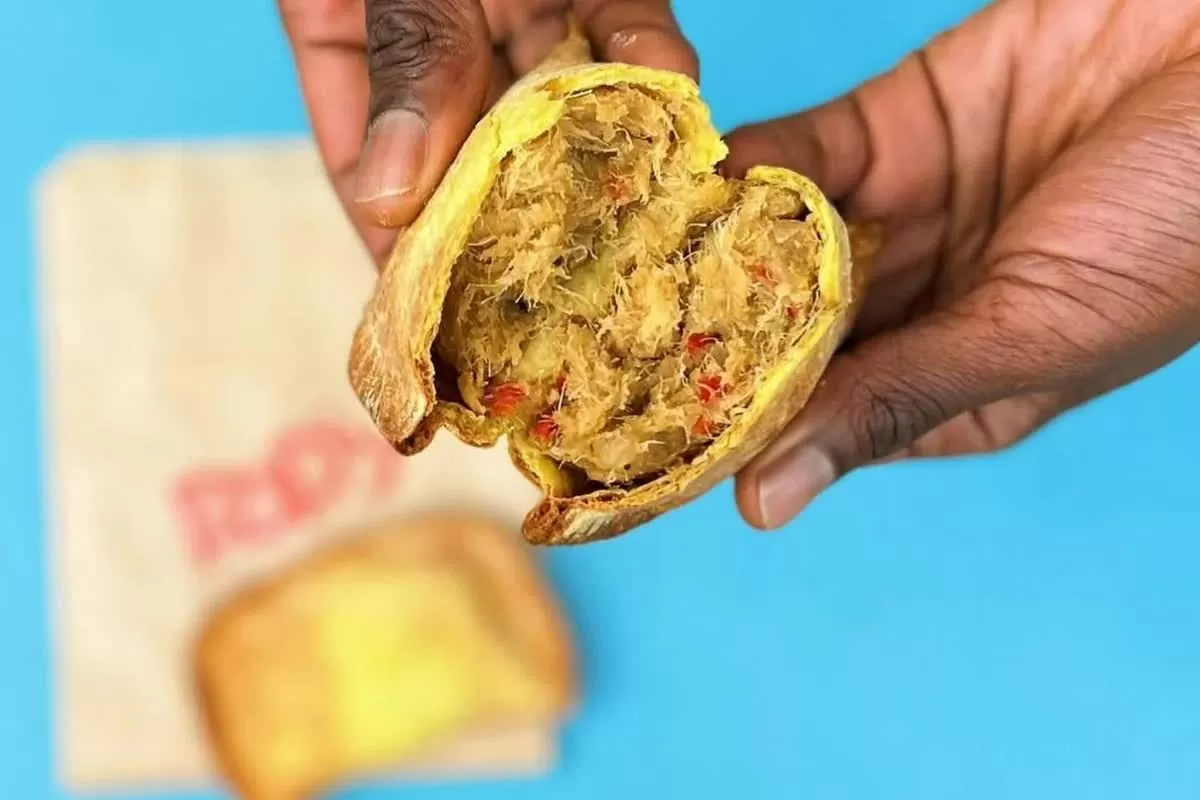
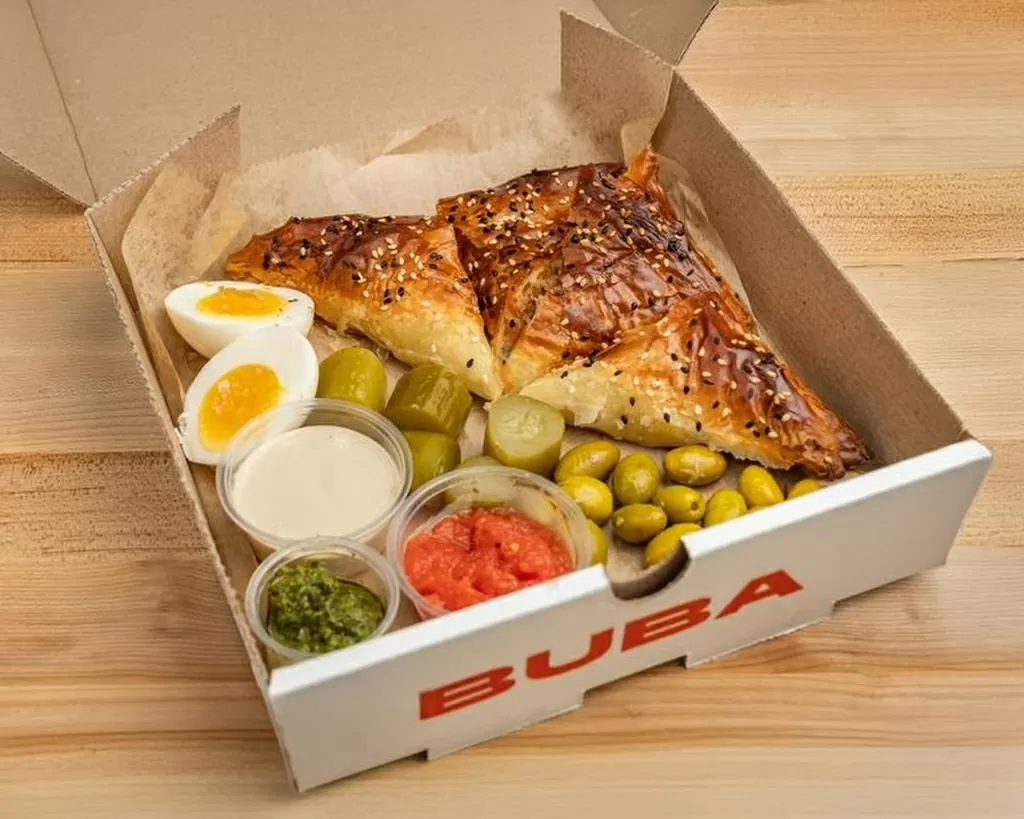
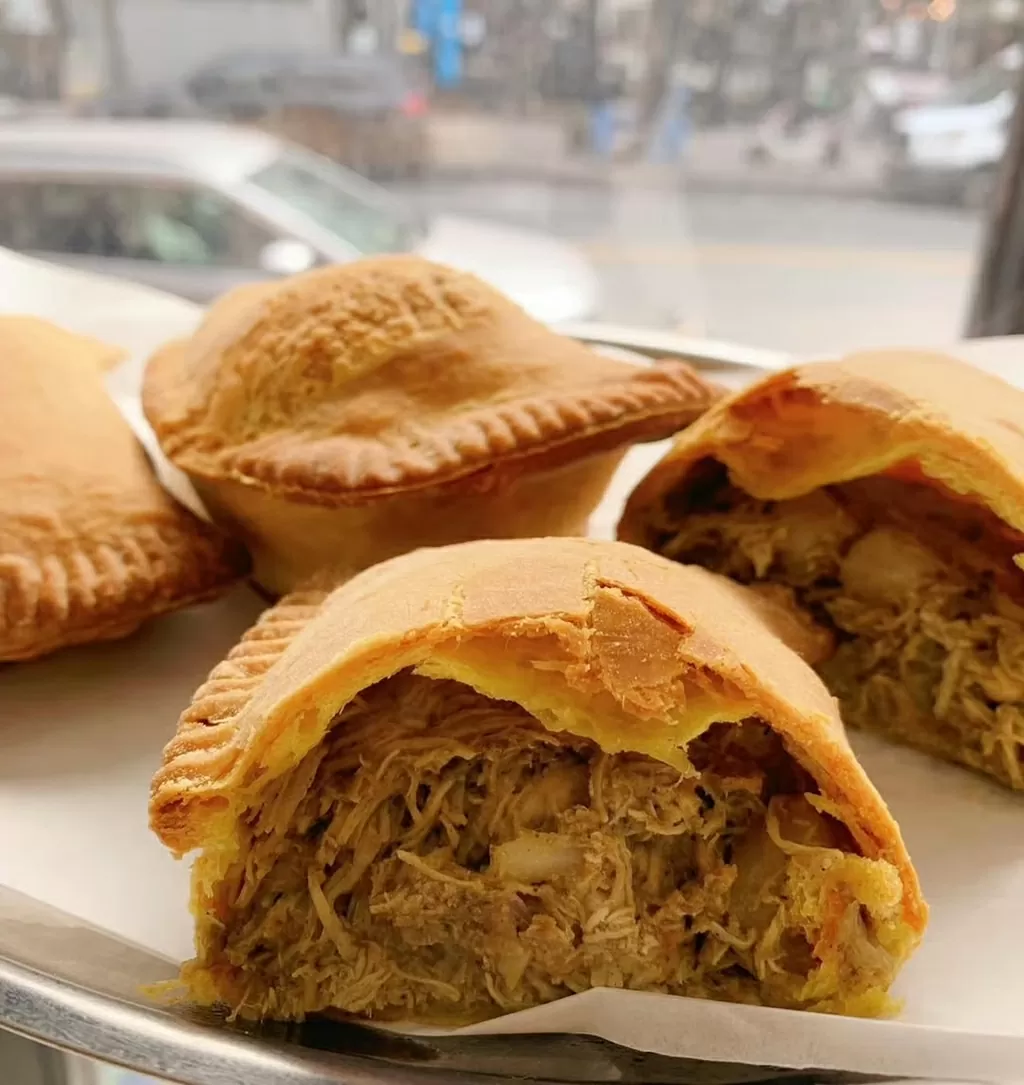
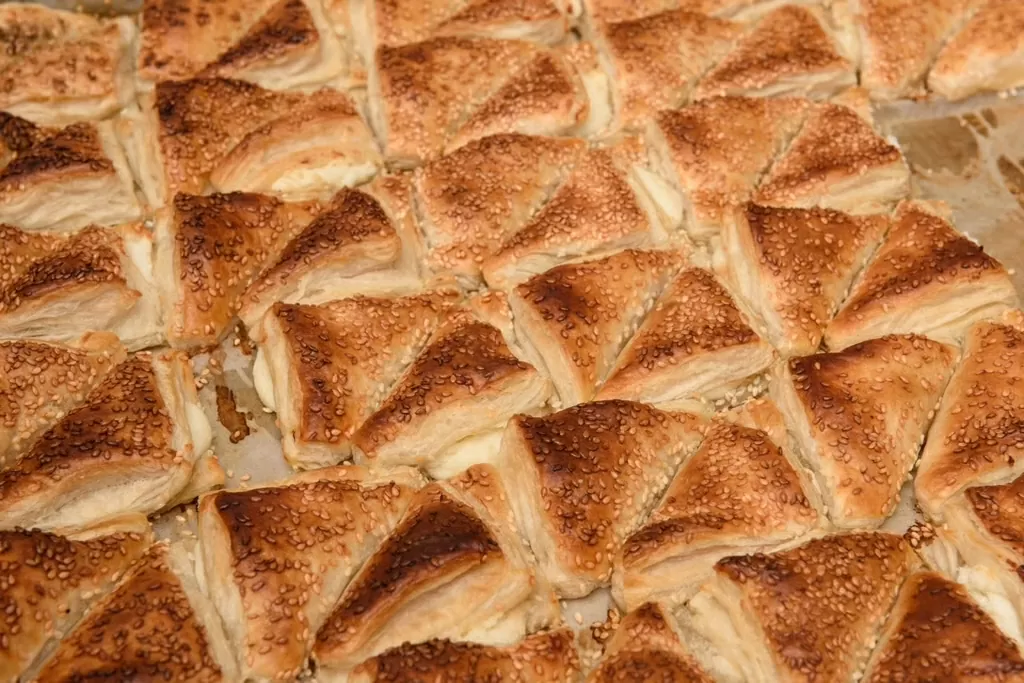
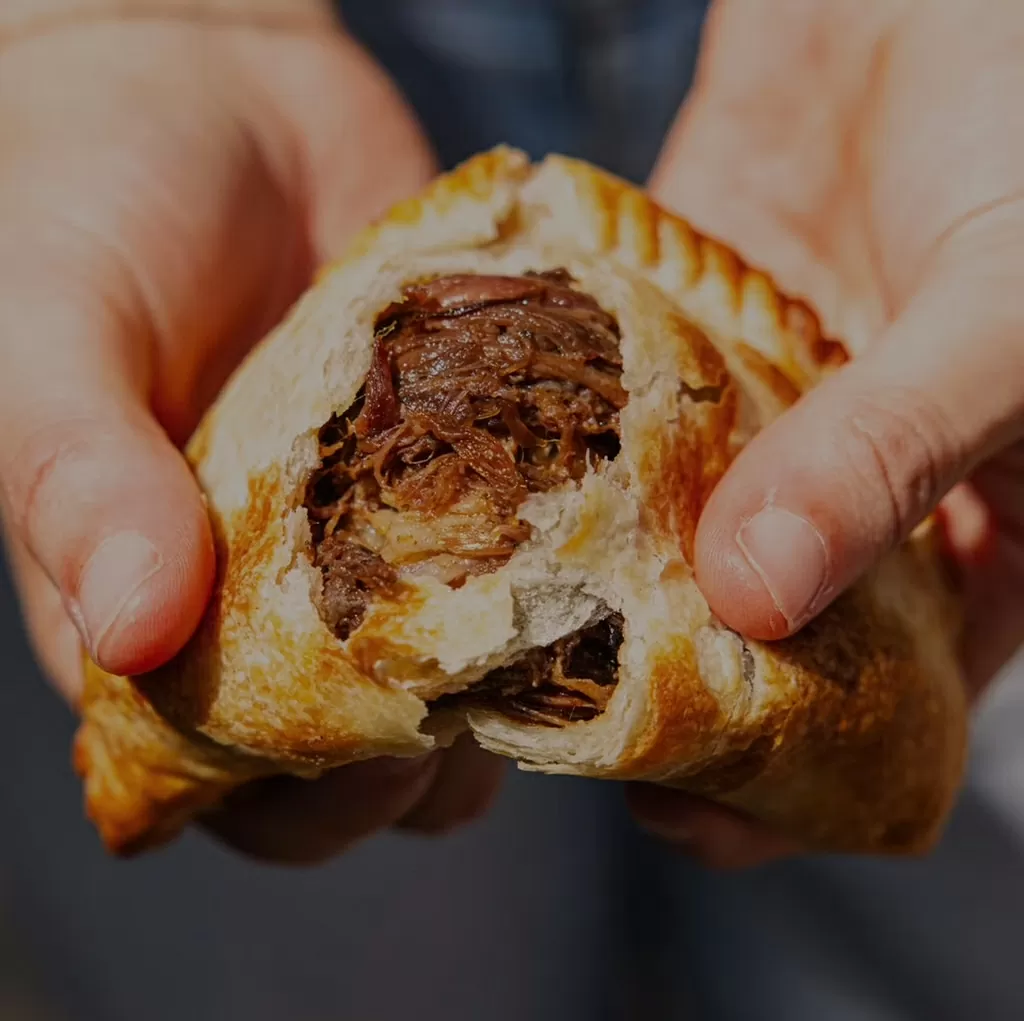



![[Photo] Solemn opening of the 8th Congress of the Central Public Security Party Committee, term 2025-2030](https://vphoto.vietnam.vn/thumb/1200x675/vietnam/resource/IMAGE/2025/10/4/f3b00fb779f44979809441a4dac5c7df)

![[Photo] General Secretary To Lam attends the 8th Congress of the Central Public Security Party Committee](https://vphoto.vietnam.vn/thumb/1200x675/vietnam/resource/IMAGE/2025/10/4/79fadf490f674dc483794f2d955f6045)









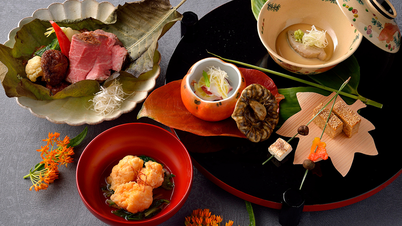


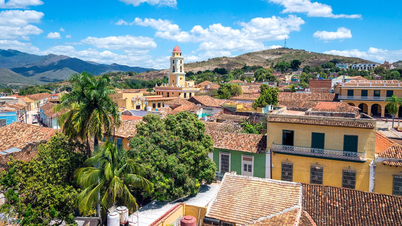













![[Photo] Students of Binh Minh Primary School enjoy the full moon festival, receiving the joys of childhood](https://vphoto.vietnam.vn/thumb/1200x675/vietnam/resource/IMAGE/2025/10/3/8cf8abef22fe4471be400a818912cb85)
![[Infographic] Notable numbers after 3 months of "reorganizing the country"](https://vphoto.vietnam.vn/thumb/1200x675/vietnam/resource/IMAGE/2025/10/4/ce8bb72c722348e09e942d04f0dd9729)
































































Comment (0)